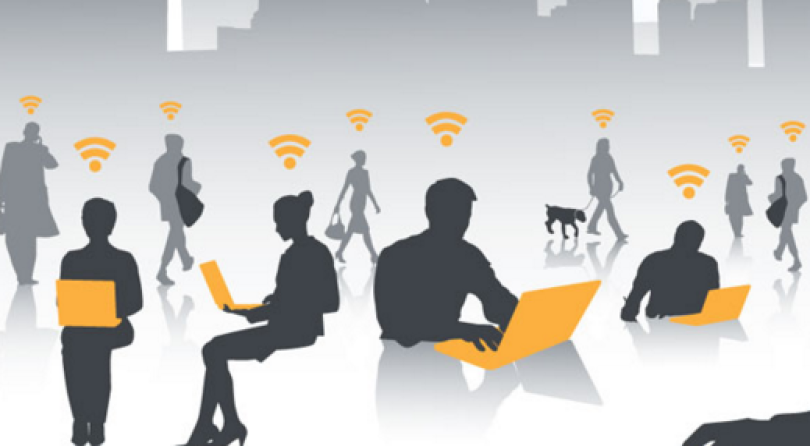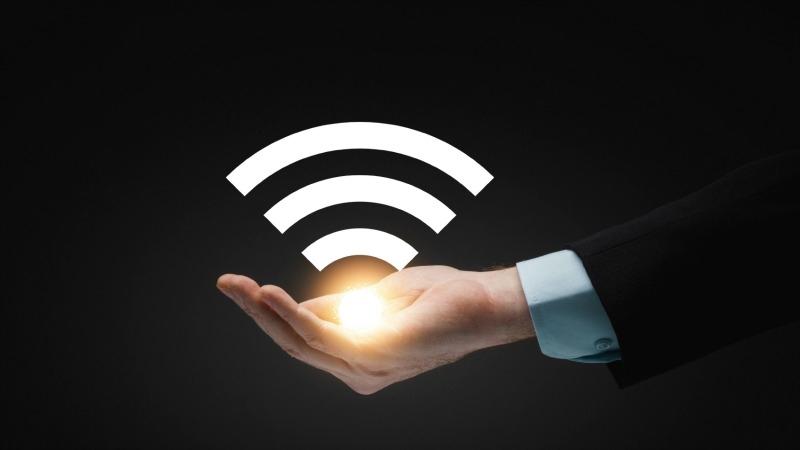
Wi-Fi is not the only data transmission system out there. While it delivers data via radio waves, light fidelity (Li-Fi) technology, first introduced in 2011, connects data through light. Think of that LED lamp in your house, and then imagine if it became a wireless access point. With these possibilities in mind, it has been suggested that, when it is paired with Wi-Fi, Li-Fi could provide an ideal version of the Internet, weakening some common connectivity issues and balancing out the other’s capabilities.
Using common household LED lightbulbs to enable data transfer, Li-Fi is incredibly speedy, promising performance of up to 224 gigabits per second. A driver controls these lightbulbs and is capable of transmitting encoded data via this feature. All data is received through an optical sensor, at which point it is then decoded. Categorized under the Visible Light Communications (VLC) system, Li-Fi also requires a light source equipped with a signal processing unit and at least one device with a photodiode able to receive light signals.
University of Edinburgh professor Harald Haas, who founded the term Li-Fi, established the company pureLiFi to strive towards being “the world leader in Visible Light Communications technology.” pureLiFi studies have found that Li-Fi signals can be read as incidence light, meaning that the signal is picked up by a receiver when it’s reflected off surfaces and can allow mobile devices to connect to and use Li-Fi. However, Li-Fi connection on a mobile device has so far proven shaky when it comes to reliability, as the phone moving around disrupts the connection.
With the prospect of the Internet of Things drawing near, Li-Fi could still easily benefit these connective devices. It also provides advantages that Wi-Fi does not have – since it doesn’t use radio waves, Li-Fi doesn’t interfere with radio communication and, as a result, can be used during flights. After Haas had revealed that pureLiFi was testing with a “major aircraft manufacturer,” some commentators pointed out that the reading light above seats on a plane could be capable of streaming data. “The airlines are more interested because they save weight,” said Haas. “These seats are usually hard-wired with cables. And that also limits their flexibility. The airlines want to be able to change the seat spacing depending on what link they serve.”

Easy accessibility on airplanes is just one of the advantages Li-Fi could bring to users. Because radio frequencies are limited, many devices compete for bandwidth, causing network congestion. The frequencies of light waves are up to 10,000 times more plentiful than radio frequencies, opening up the Wi-Fi system for better usage. Wider usage of Li-Fi could also improve Internet security as data transmitted via Li-Fi can only be accessed where LED light illuminates. It also does not pass through walls or ceilings, making it safer than Wi-Fi’s radio waves.
While awareness of Li-Fi hasn’t hit its stride yet, there are inklings in the industry that the concept will soon be more incorporated into common devices. In November 2015, pureLiFi partnered with French lighting company Lucibel to work on Li-Fi-enabled products. Alleged reports even say that Apple may include Li-Fi capabilities into future iPhones, which would undoubtedly bring Li-Fi into mainstream conversation.
Source: PureLiFi , Visually , Axrtek, TechWorld, Global TechBox
Advertisement
Learn more about Electronic Products Magazine





